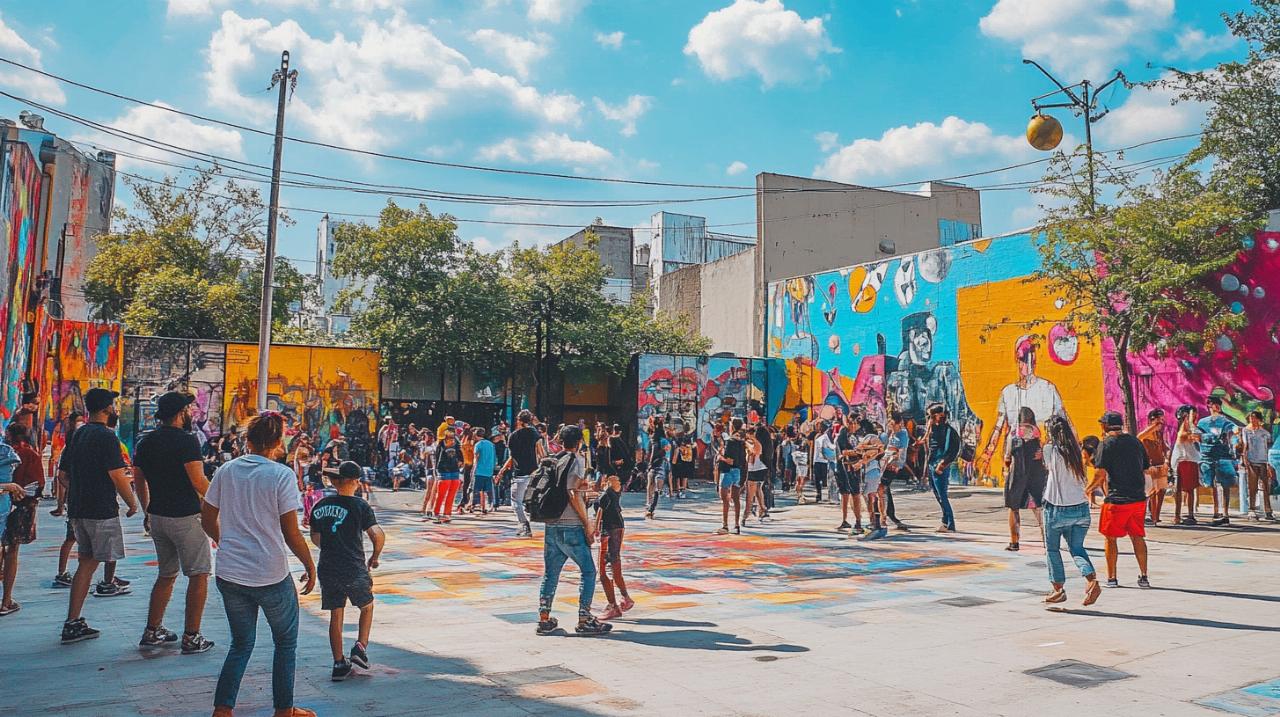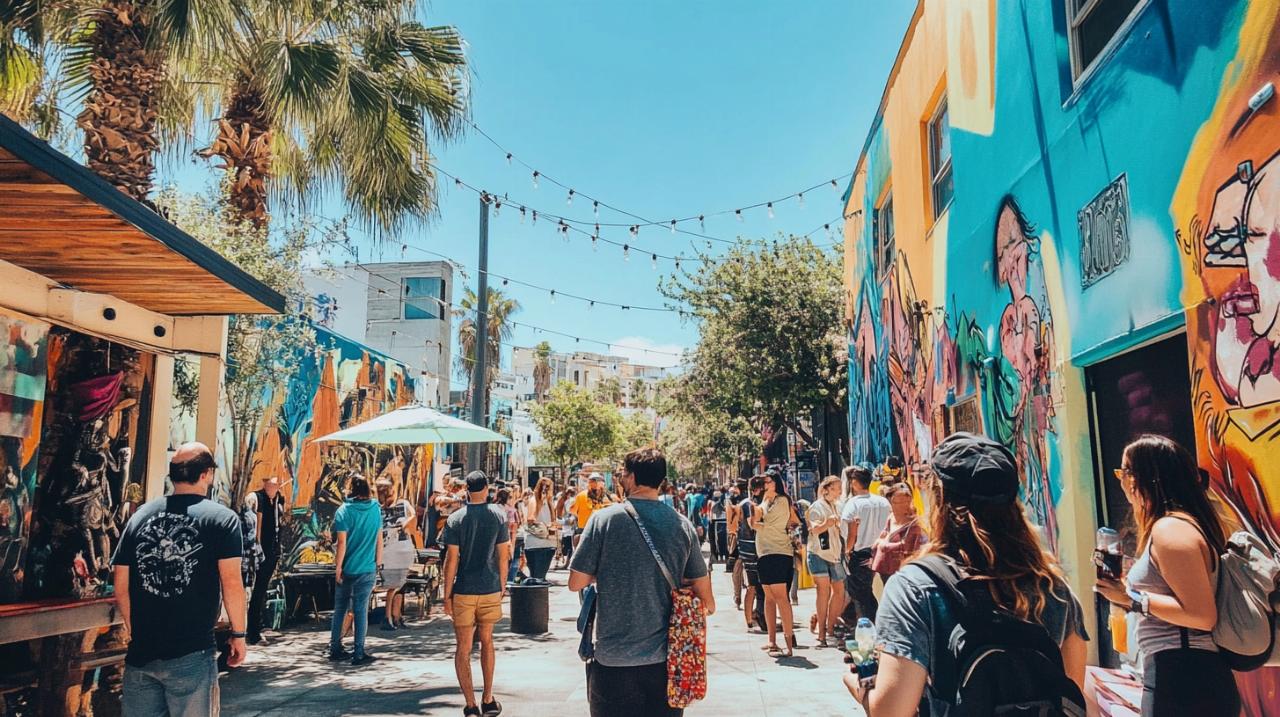Street culture has become a vital thread in the fabric of modern community life, offering residents not merely aesthetic enhancement but also a platform for expression, connection, and collective identity. In cities and neighbourhoods across the United Kingdom, the energy and creativity found in public spaces serve as catalysts for social cohesion and economic vitality. By embracing innovative approaches to urban design and cultural programming, local communities can transform ordinary thoroughfares into vibrant stages for art, dialogue, and shared experience. The task of nurturing this dynamic environment demands thoughtful planning, collaboration, and a commitment to inclusivity that respects the diverse voices within each neighbourhood.
Fostering grassroots engagement through local street art initiatives
Street art has long been a hallmark of urban creativity, reflecting the aspirations and struggles of those who inhabit the city. Establishing community-led mural projects and creative spaces offers a practical and accessible means to invite residents into the cultural conversation. When local artists and young people collaborate on large-scale murals or smaller interventions in neglected corners, they breathe new life into the urban landscape. These initiatives do more than beautify a wall; they create opportunities for dialogue, skill development, and a sense of ownership over the environment. In many neighbourhoods, such projects have demonstrated their power to shift perceptions, turning areas once associated with neglect into celebrated landmarks of community pride.
Establishing community-led mural projects and creative spaces
At the heart of successful street culture programmes lies the principle of grassroots participation. By involving residents in the conception, design, and execution of mural projects, communities ensure that the resulting artwork reflects authentic local narratives rather than imposed external visions. This participatory approach can begin with workshops where artists facilitate discussions about shared values, history, and aspirations. Participants might sketch ideas, vote on themes, and even take up brushes themselves, guided by experienced muralists who provide technical support. The process fosters not only artistic skills but also teamwork, problem-solving, and pride in collective achievement. Creative spaces, whether temporary pop-up galleries or permanent studios in repurposed buildings, offer further platforms for experimentation and learning. These venues can host exhibitions, live painting sessions, and open mic events, drawing in diverse audiences and encouraging spontaneous encounters between neighbours who might otherwise rarely interact.
Building Partnerships with Local Councils and Arts Organizations
Sustaining grassroots art initiatives requires more than enthusiasm and talent; it demands institutional support and resources. Building partnerships with local councils and arts organisations ensures that creative projects receive the funding, legal permissions, and logistical assistance necessary for long-term success. Councils can facilitate access to public walls, provide grants for materials, and streamline bureaucratic processes that might otherwise stifle creativity. Arts organisations, meanwhile, bring expertise in project management, marketing, and network building, connecting local groups with broader cultural movements and funding opportunities. Collaboration between these actors also helps to embed street culture within wider urban planning and regeneration strategies, ensuring that creative interventions complement efforts to improve public spaces, enhance pedestrian environments, and promote sustainable mobility. When councils, artists, and residents work together, they can establish frameworks that not only support individual projects but also cultivate an ongoing culture of engagement and innovation. Such partnerships are particularly important in areas facing urban poverty and social exclusion, where investment in public art and cultural programming can improve access to opportunities and strengthen social inclusion.
Creating Sustainable Platforms for Youth Expression and Community Cohesion
 Young people are often the lifeblood of street culture, bringing energy, innovation, and a willingness to challenge conventions. Creating sustainable platforms for youth expression is essential not only for the development of individual talents but also for the vitality and resilience of the community as a whole. Regular events, workshops, and structured programmes provide young residents with safe spaces to explore their creativity, connect with peers, and engage with their neighbourhoods in meaningful ways. These initiatives can take many forms, from weekly graffiti jams and breakdancing sessions to mentorship programmes that pair emerging artists with established practitioners. As part of a resource that offers insights into urban art and contemporary culture, platforms like callecultura.es highlight the importance of weaving street culture into the broader tapestry of community life, demonstrating how creative expression can enrich daily experience and strengthen emotional wellbeing.
Young people are often the lifeblood of street culture, bringing energy, innovation, and a willingness to challenge conventions. Creating sustainable platforms for youth expression is essential not only for the development of individual talents but also for the vitality and resilience of the community as a whole. Regular events, workshops, and structured programmes provide young residents with safe spaces to explore their creativity, connect with peers, and engage with their neighbourhoods in meaningful ways. These initiatives can take many forms, from weekly graffiti jams and breakdancing sessions to mentorship programmes that pair emerging artists with established practitioners. As part of a resource that offers insights into urban art and contemporary culture, platforms like callecultura.es highlight the importance of weaving street culture into the broader tapestry of community life, demonstrating how creative expression can enrich daily experience and strengthen emotional wellbeing.
Developing Regular Street Culture Events and Workshops in Neighbourhoods
Consistency is key when it comes to building a vibrant street culture scene. Regular events and workshops create rhythm and anticipation, encouraging ongoing participation and helping to establish a shared cultural calendar. Street festivals, for example, can transform entire neighbourhoods into open-air galleries and performance spaces, showcasing everything from live graffiti and spoken word to music, dance, and skateboarding. These events draw audiences from across the city, boosting local economies by attracting visitors to nearby shops, cafés, and markets. Workshops, on the other hand, offer more intimate and focused opportunities for skill development. By hosting sessions on spray painting techniques, stencil making, mural design, or even the business side of street art, communities equip young people with practical skills that can open doors to employment and entrepreneurship. Such programmes also promote social interaction, helping to break down barriers between different demographic groups and fostering a sense of belonging. In planning these activities, organisers should ensure accessibility and inclusivity, reaching out to underrepresented groups and creating flexible spaces that can adapt to local geography, climate, and cultural traditions.
Integrating street culture into community development programmes
Street culture should not be treated as an isolated or marginal aspect of community life but rather as an integral component of broader development strategies. Integrating creative programming into community development plans ensures that cultural identity, public participation, and sustainable development are addressed in tandem. This holistic approach recognises that vibrant public spaces and pedestrian-friendly environments are not mere amenities but essential features of healthy, prosperous neighbourhoods. By incorporating street culture into initiatives focused on urban regeneration, housing, climate adaptation, and social equity, communities can create environments that support both individual and collective growth. For instance, a neighbourhood undergoing redevelopment might include dedicated spaces for public art installations, performance areas, and community studios as part of the urban infrastructure. Similarly, programmes aimed at reducing homelessness and urban poverty can be enriched by cultural activities that promote dignity, connection, and hope. Municipal governance plays a crucial role in this integration, requiring collaboration between public, community, and private entities to align resources, policies, and priorities. When street culture is woven into the fabric of urban planning, it contributes to liveability, public health, and urban wellbeing, ensuring that cities remain vibrant, inclusive, and resilient in the face of demographic changes and environmental challenges.

Comments are closed